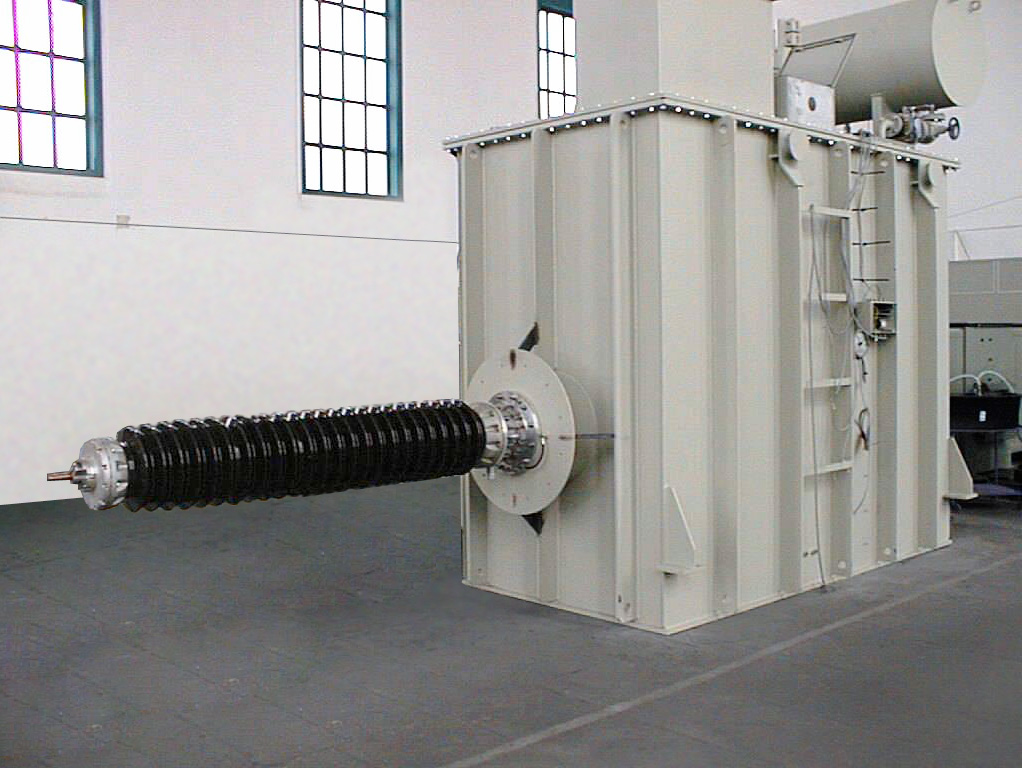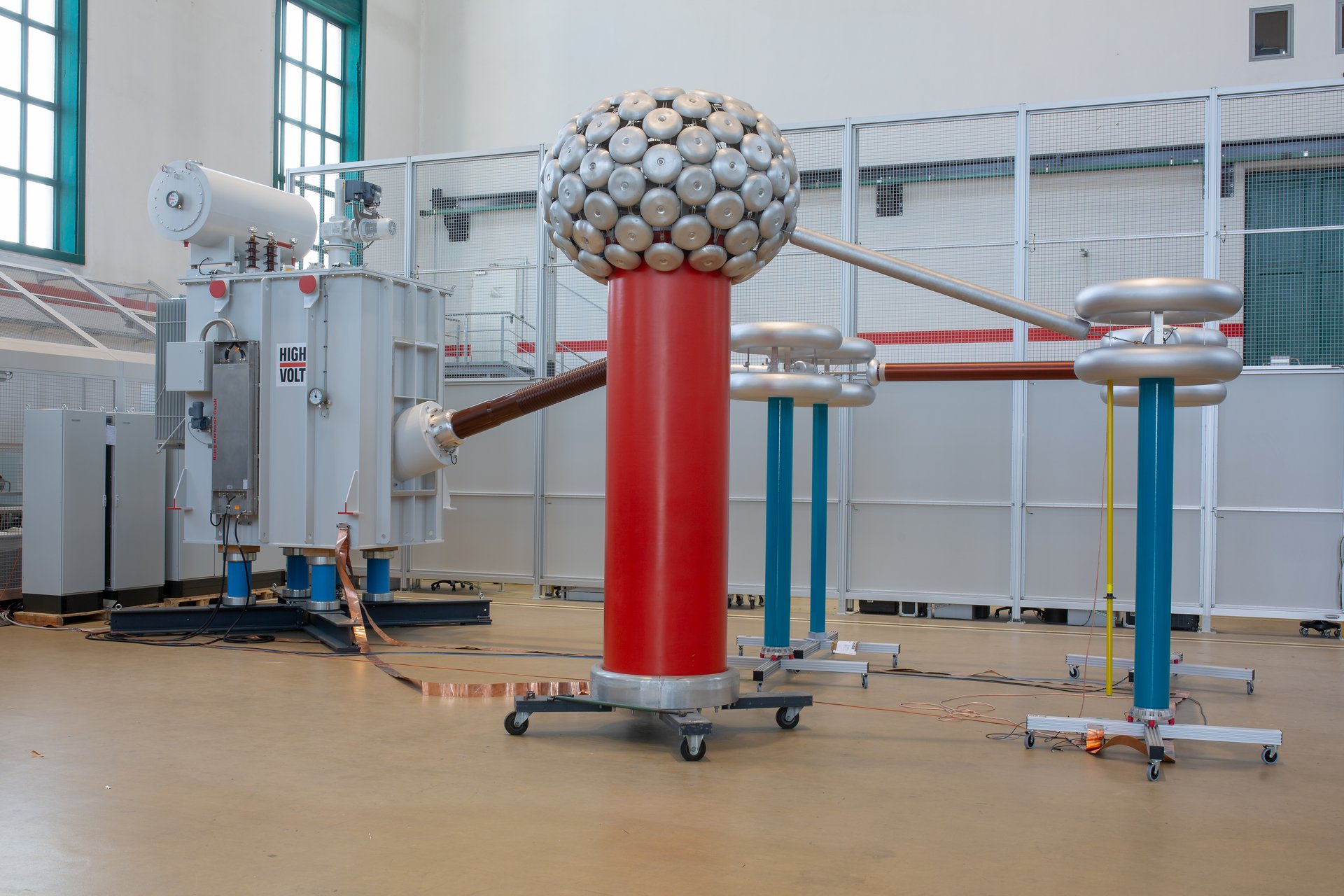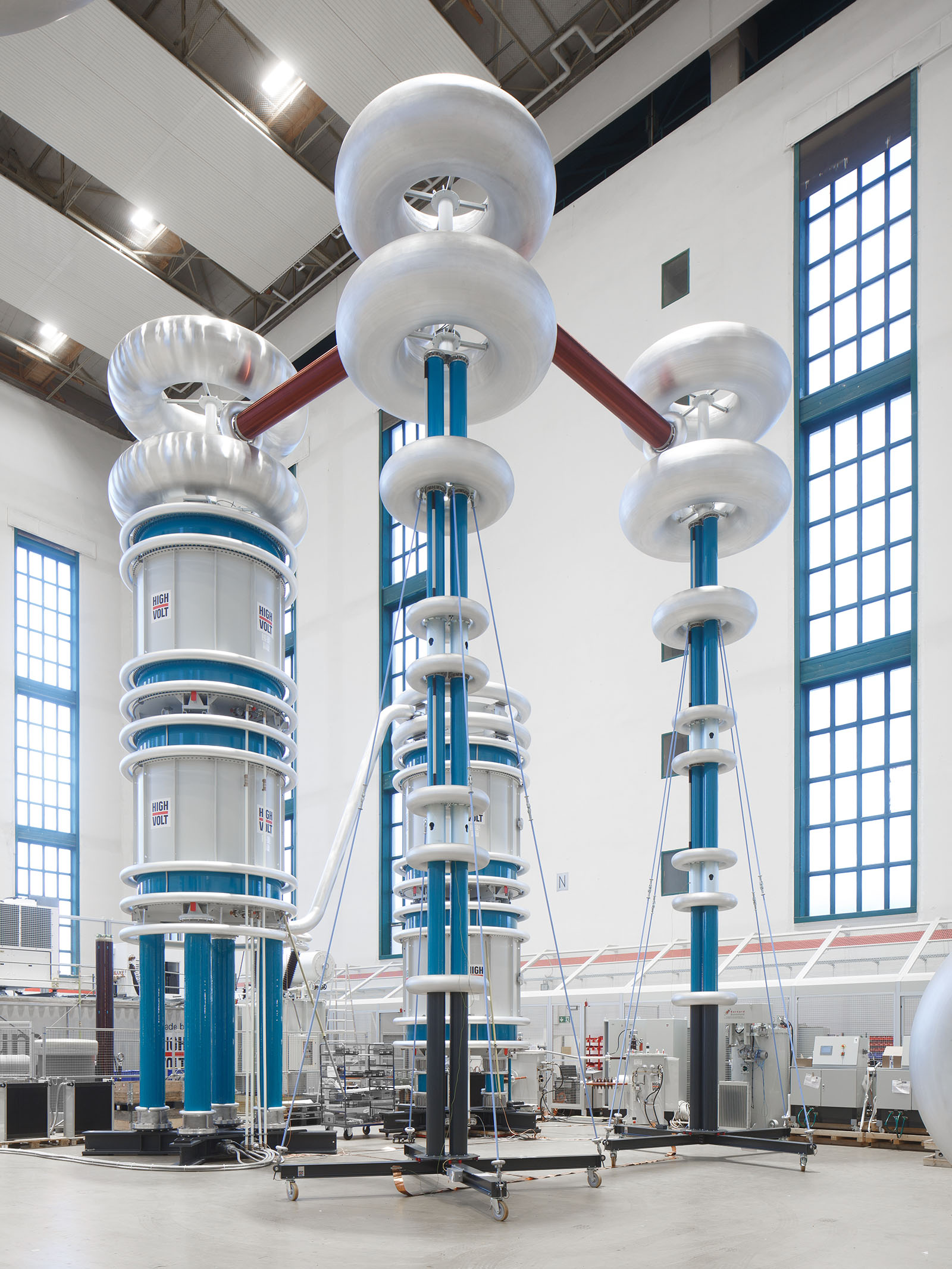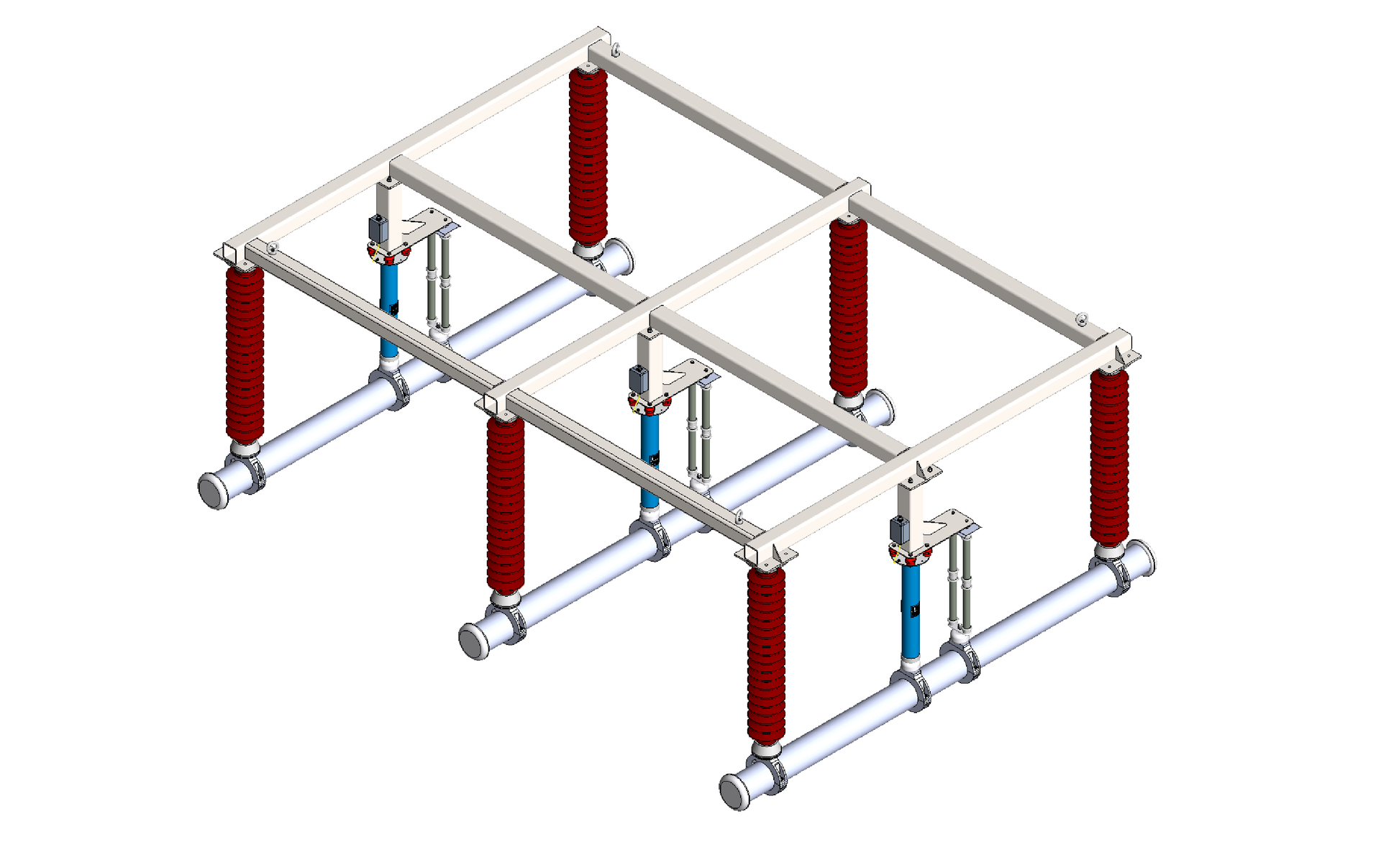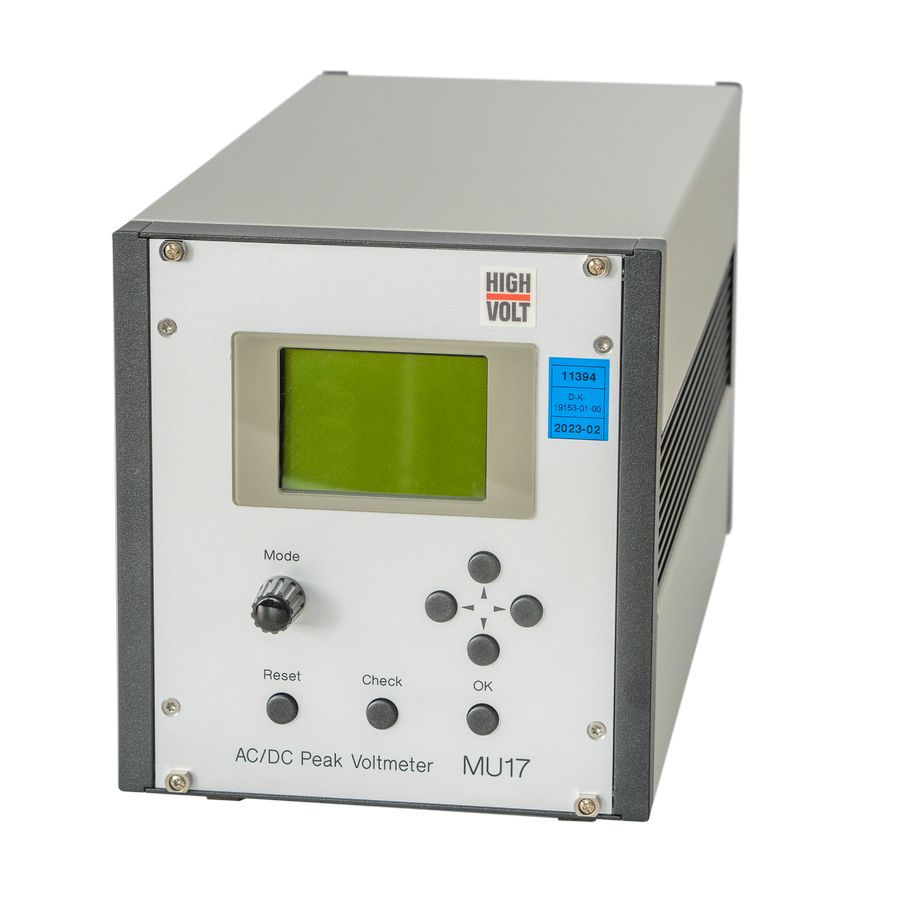WRU
AC resonant test system with variable inductance, metal tank type with tap changer
The WRU AC resonant test systems with variable inductance use the resonance between the capacitive test object and the inductive HV reactor of the test system to generate a continuous sinusoidal high voltage. The natural resonance frequency of the test circuit is matched to the feed-in frequency by setting the variable inductance of the HV reactor. If the HV reactor and test object are designed to form a series resonant circuit, the result will be an ideal sinusoidal testing voltage. The oil-cooled HV reactor is installed in a closed steel tank.
Your Advantages at a Glance
-
Low level of partial discharge < 2 pC
-
Higher duty cycle thanks to excellent cooling properties
-
Low supply power thanks to high quality of resonance reactor
-
Ideal sinusoidal test voltage thanks to series resonant circuit
-
Low noise level thanks to special mechanical design
-
Low maintenance operation over the entire service life of the test system
Product Information
- For routine testing of medium, high, and ultra-high voltage cables up to 400 kV in accordance with IEC 60502, IEC 60840 und IEC 62067
The oil-cooled HV reactor is installed in a closed steel tank. The high voltage is fed outward through the steel tank via a HV bushing. The reactor is fitted with additional voltage taps to achieve largest testable capacitances of test objects at lower test voltages. The integrated switch can be used to switch between the taps.
Select language
- For routine testing of medium, high, and ultra-high voltage cables up to 400 kV in accordance with IEC 60502, IEC 60840 und IEC 62067
The oil-cooled HV reactor is installed in a closed steel tank. The high voltage is fed outward through the steel tank via a HV bushing. The reactor is fitted with additional voltage taps to achieve largest testable capacitances of test objects at lower test voltages. The integrated switch can be used to switch between the taps.
Select language

